Instruction
Wedge Guy: The top 7 short game mistakes
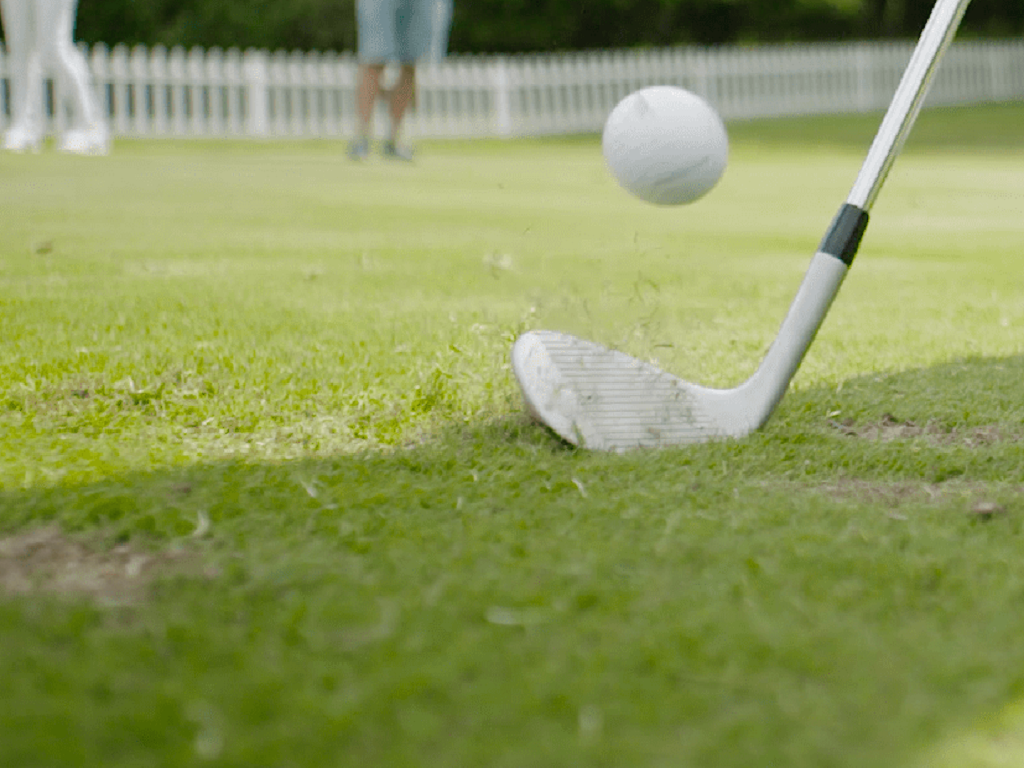
I’ve written hundreds of articles as “The Wedge Guy” and I’ve made it my life’s work to closely observe golfers and their short games. So, I thought I’d compile what I see into a list of what I believe are the most common mistakes golfers make around the greens that prevents them from optimizing their scoring. So here goes, not in any particular order:
- Tempo. Maybe the most common error I see is a tempo that is too quick and “jabby”. That probably comes from the misunderstood and overdone advice “accelerate through the ball.” I like to compare playing a golf hole to painting a room, and your short shots are your “trim brushes”. They determine how the finished work turns out, and a slower and more deliberate stroke delivers more precision as you get closer to the green and hole.
- Set Up/Posture. To hit good chips and pitches, you need to “get down”. Bend your knees a bit more and grip down on the club – it puts you closer to your work for better precision. Too many golfers I see stand up too tall and grip the club to the end.
- Grip Pressure. A very light grip on the club is essential to good touch and a proper release through the impact zone. Trust me, you cannot hold a golf club too lightly – your body won’t let you. Concentrate on your forearms; if you can feel any tenseness in the muscles in your forearms, you are holding on too tightly.
- Hand position. Watch the tour players hit short shots on TV. Their arms are hanging naturally so that their hands are very close to their upper thighs at address and through impact, but the club is not tilted up on its toe. Copy that and your short game will improve dramatically.
- Lack of Body/Core Rotation. When you are hitting short shots, the hands and arms have stay in front of the torso throughout the swing. If you don’t rotate your chest and shoulders back and through, you won’t develop good consistency in distance or contact.
- Club selection. Every pitch or chip is different, so don’t try to hit them all with the same club. I see two major errors here. Some golfers always grab the sand wedge when they miss a green. If you have lots of green to work with and don’t need that loft, a PW, 9-iron or even less will give you much better results. The other error is seen in those golfers who are “afraid” of their wedge and are trying to hit tough recoveries with 8- and 9-irons. That doesn’t work either. Go to your practice green and see what happens with different clubs, then take that knowledge to the course.
- Clubhead/grip relationship. This error falls into two categories. One is those golfers who forward press so much that they dramatically change the loft of the club. At address and impact the grip should be slightly ahead of the clubhead. I like to focus on the hands, rather than the club, and just think of my left hand leading my right through impact. Which brings me to the other error – allowing the clubhead to pass the hands through impact. If you let the clubhead do that, good shots just cannot happen. And that is caused by you trying to “hit” up on the ball, rather than swinging the entire club through impact.
So, there are my top 7. Obviously, there are others, but if you eliminate those, your short game will get better in a hurry.
- LIKE162
- LEGIT28
- WOW3
- LOL4
- IDHT0
- FLOP2
- OB2
- SHANK6
Instruction
Clement: Laid-off or perfect fade? Across-the-line or perfect draw?

Some call the image on the left laid off, but if you are hitting a fade, this could be a perfect backswing for it! Same for across the line for a draw! Stop racking your brain with perceived mistakes and simply match backswing to shot shape!
- LIKE0
- LEGIT0
- WOW0
- LOL0
- IDHT0
- FLOP0
- OB0
- SHANK1
Instruction
The Wedge Guy: The easiest-to-learn golf basic

My golf learning began with this simple fact – if you don’t have a fundamentally sound hold on the golf club, it is practically impossible for your body to execute a fundamentally sound golf swing. I’m still a big believer that the golf swing is much easier to execute if you begin with the proper hold on the club.
As you might imagine, I come into contact with hundreds of golfers of all skill levels. And it is very rare to see a good player with a bad hold on the golf club. There are some exceptions, for sure, but they are very few and very far between, and they typically have beat so many balls with their poor grip that they’ve found a way to work around it.
The reality of biophysics is that the body moves only in certain ways – and the particulars of the way you hold the golf club can totally prevent a sound swing motion that allows the club to release properly through the impact zone. The wonderful thing is that anyone can learn how to put a fundamentally sound hold on the golf club, and you can practice it anywhere your hands are not otherwise engaged, like watching TV or just sitting and relaxing.
Whether you prefer an overlap, interlock or full-finger (not baseball!) grip on the club, the same fundamentals apply. Here are the major grip faults I see most often, in the order of the frequency:
Mis-aligned hands
By this I mean that the palms of the two hands are not parallel to each other. Too many golfers have a weak left hand and strong right, or vice versa. The easiest way to learn how to hold the club with your palms aligned properly is to grip a plain wooden ruler or yardstick. It forces the hands to align properly and shows you how that feels. If you grip and re-grip a yardstick several times, then grip a club, you’ll see that the learning curve is almost immediate.
The position of the grip in the upper/left hand
I also observe many golfers who have the butt of the grip too far into the heel pad of the upper hand (the left hand for right-handed players). It’s amazing how much easier it is to release the club through the ball if even 1/4-1/2″ of the butt is beyond the left heel pad. Try this yourself to see what I mean. Swing the club freely with just your left hand and notice the difference in its release from when you hold it at the end of the grip, versus gripping down even a half inch.
To help you really understand how this works, go to the range and hit shots with your five-iron gripped down a full inch to make the club the same length as your seven-iron. You will probably see an amazing shot shape difference, and likely not see as much distance loss as you would expect.
Too much lower (right) hand on the club
It seems like almost all golfers of 8-10 handicap or higher have the club too far into the palm of the lower hand, because that feels “good” if you are trying to control the path of the clubhead to the ball. But the golf swing is not an effort to hit at the ball – it is a swing of the club. The proper hold on the club has the grip underneath the pad at the base of the fingers. This will likely feel “weak” to you — like you cannot control the club like that. EXACTLY. You should not be trying to control the club with your lower/master hand.
Gripping too tightly
Nearly all golfers hold the club too tightly, which tenses up the forearms and prevents a proper release of the club through impact. In order for the club to move back and through properly, you must feel that the club is controlled by the last three fingers of the upper hand, and the middle two fingers of the lower hand. If you engage your thumbs and forefingers in “holding” the club, the result will almost always be a grip that is too tight. Try this for yourself. Hold the club in your upper hand only, and squeeze firmly with just the last three fingers, with the forefinger and thumb off the club entirely. You have good control, but your forearms are not tense. Then begin to squeeze down with your thumb and forefinger and observe the tensing of the entire forearm. This is the way we are made, so the key to preventing tenseness in the arms is to hold the club very lightly with the “pinchers” — the thumbs and forefingers.
So, those are what I believe are the four fundamentals of a good grip. Anyone can learn them in their home or office very quickly. There is no easier way to improve your ball striking consistency and add distance than giving more attention to the way you hold the golf club.
More from the Wedge Guy
- The Wedge Guy: Golf mastery begins with your wedge game
- The Wedge Guy: Why golf is 20 times harder than brain surgery
- The Wedge Guy: Musings on the golf ball rollback
- LIKE88
- LEGIT14
- WOW6
- LOL1
- IDHT0
- FLOP4
- OB1
- SHANK8
Instruction
Clement: Stop ripping off your swing with this drill!

Not the dreaded headcover under the armpit drill! As if your body is defective and can’t function by itself! Have you seen how incredible the human machine is with all the incredible feats of agility all kinds of athletes are accomplishing? You think your body is so defective (the good Lord is laughing his head off at you) that it needs a headcover tucked under the armpit so you can swing like T-Rex?
- LIKE0
- LEGIT3
- WOW2
- LOL0
- IDHT0
- FLOP0
- OB0
- SHANK2
-

 19th Hole2 weeks ago
19th Hole2 weeks agoJustin Thomas on the equipment choice of Scottie Scheffler that he thinks is ‘weird’
-

 19th Hole1 week ago
19th Hole1 week ago‘Absolutely crazy’ – Major champ lays into Patrick Cantlay over his decision on final hole of RBC Heritage
-

 19th Hole3 weeks ago
19th Hole3 weeks agoTwo star names reportedly blanked Jon Rahm all week at the Masters
-

 19th Hole2 weeks ago
19th Hole2 weeks agoReport: LIV Golf identifies latest star name they hope to sign to breakaway tour
-

 19th Hole3 weeks ago
19th Hole3 weeks agoNeal Shipley presser ends in awkward fashion after reporter claims Tiger handed him note on 8th fairway
-

 19th Hole2 weeks ago
19th Hole2 weeks agoBrandel Chamblee has ‘no doubt’ who started the McIlroy/LIV rumor and why
-

 Equipment3 weeks ago
Equipment3 weeks agoWhat we know about Bryson DeChambeau’s 3D-printed Avoda irons
-

 19th Hole6 days ago
19th Hole6 days agoLET pro gives detailed financial breakdown of first week on tour…and the net result may shock you



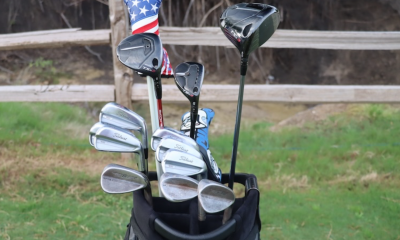

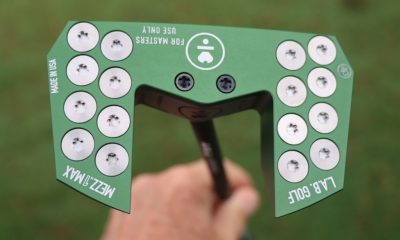

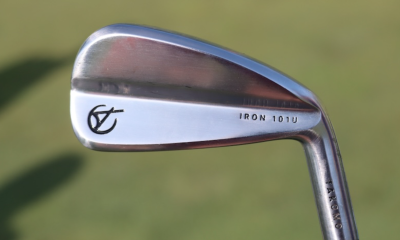



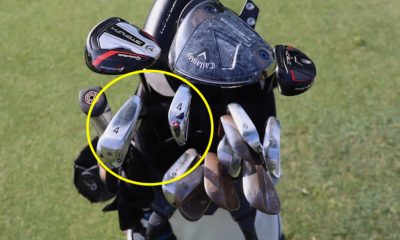

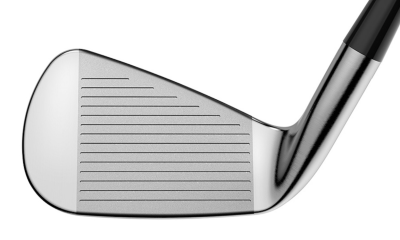








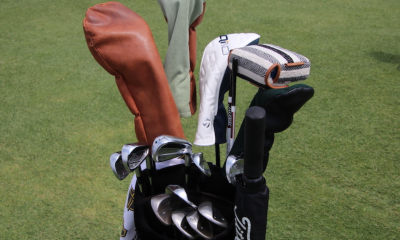



Pingback: Wedge Guy: A significant driver discovery – GolfWRX